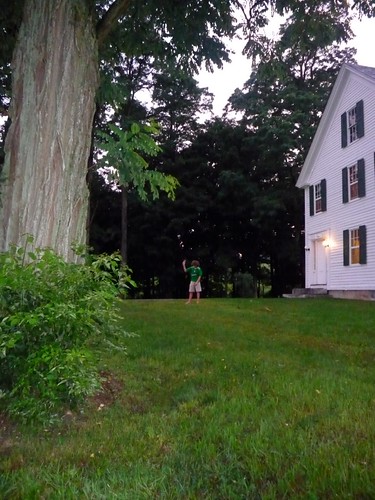Why Dutton is going nuclear
Dutton #Dutton

The bigger risk for the business community is that Dutton’s decision to push ahead on this can only add to immediate confusion about Australia’s investment path, rather than allowing them to focus on potential renewables opportunities in the global trend of decarbonisation.
What happens to investment confidence if business, including foreign investors, must contemplate at least the possibility of another major energy policy change under a Prime Minister Dutton?
Josh Frydenberg, a former energy minister as well as treasurer, has unhappy familiarity with long-running internal energy wars that have wrecked previous attempts at Coalition unity.
In his first public speaking foray since losing his seat at the 2022 election, the now chair of Goldman Sachs in Australia was appropriately diplomatic, declaring himself “open-minded”.
“As you reduce emissions, you’ve got to be technology-agnostic,” he told The Australian Financial Review Business Summit. “You’ve got to go for the most cost-effective and the best outcome for the stability of the grid.
“As people look to how difficult this transition is and how costly it is, they are going to start looking at other technologies and nuclear has to be one.”
The opposition’s claim a nuclear power plant could be built in a decade is contradicted by all the evidence offshore as well as Australia’s own lamentable record in delivering large-scale energy projects on schedule.
Technology agnosticism is certainly increasingly common in business circles. But this is yet to translate into any industry enthusiasm for the commercial viability of nuclear power. It’s difficult enough to get a gas plant into operation. Selling a nuclear option is widely considered more of a delaying tactic on renewables.
The opposition’s claim a nuclear power plant could be built in a decade is contradicted by all the evidence offshore as well as Australia’s own lamentable record in delivering large-scale energy projects on schedule.
Climate Change and Energy Minister Chris Bowen also derides the much higher cost of nuclear. That’s despite the massive price tag for connecting renewables and transmission lines that is only just beginning to be appreciated by most consumers. Exhibit A is the latest estimate of delivering pumped hydro from the also delayed Snowy 2.0 project – the cost of which has increased from $2 billion to $12 billion, not including transmission.
Even so, nuclear is a stretch, according to veteran energy expert Kerry Schott who expressed the common view of the industry while also describing herself as technology neutral on the issue.
“The CSIRO has done a very helpful comparison of the cost of different types of generation and nuclear is by far – like daylight by far – the most expensive,” she told the Summit. “And it really doesn’t make sense for Australia because we have so much renewable energy resources. It does make sense for Europe. I’ve visited many nuclear plants in France, who have been running nuclear plants successfully for years and years. And they need it because they don’t have the sun and the wind resources that we have.”
Firming power
Her primary concern is the need for “firming power” when the sun and wind are not present. This would come in the form of batteries, pumped hydro or gas peaking plants and, eventually, hydrogen – assuming it can be done at reasonable cost.
But she also suggests that one simple alternative to accommodate Coalition concern about the extent and cost of large new transmission lines across the country would be to ensure all those Australian rooftops with solar panels also have battery storage.
No such arguments will deter Dutton, of course.
“We believe renewables have a significant role to play in our energy mix,” he said. “We need to make sure it’s a diverse mix of complementary technologies.
“We see nuclear power as a companion to renewables and nuclear is the only proven technology which emits zero emissions and can firm up renewables.”
‘Engineering feat of pure fantasy’
Dutton argues the government’s “ideologically driven renewables only policy” is turning off an old reliable system before a new one is built while simultaneously requiring an “engineering feat of pure fantasy”.
His own version of political engineering is to identify around six mainland sites on or near old coal-fired power stations. The Coalition’s original proposal for a new generation of small modular reactors has now been retired too – in favour of larger power stations that can supposedly use existing transmission lines.
That will also involve operators seeking a social licence by “incentivising” communities.
“There are communities in the United States, for example, who are bidding effectively for nuclear energy within their local area,” he said. “Because it allows the energy to be delivered at a subsidised rate for those energy users, either commercial or residential, within that area, and it provides an incentive for industry to establish and jobs to be created within those markets.”
Business should resign themselves to an election onslaught of old energy wars – with a new nuclear twist.
Have your say
We are always interested to hear your views on current topics. Guidelines for how to write an opinion article are here. Guidelines for how to write a letter to the editor are here. Please send your letter to edletters@afr.com.au